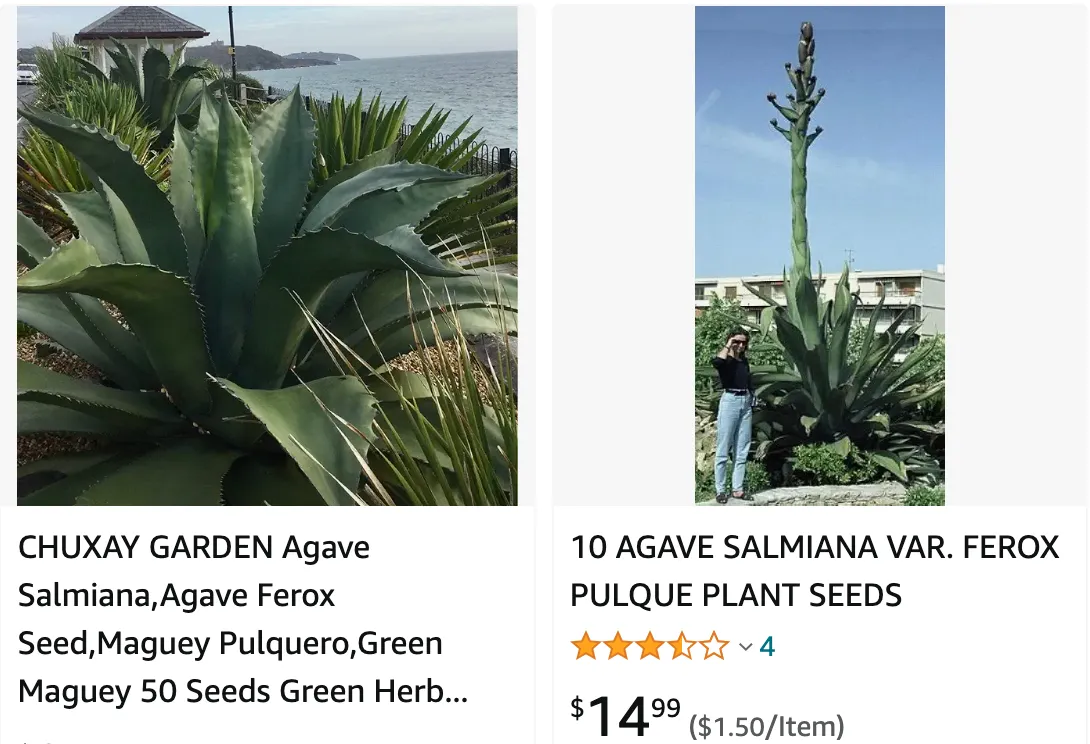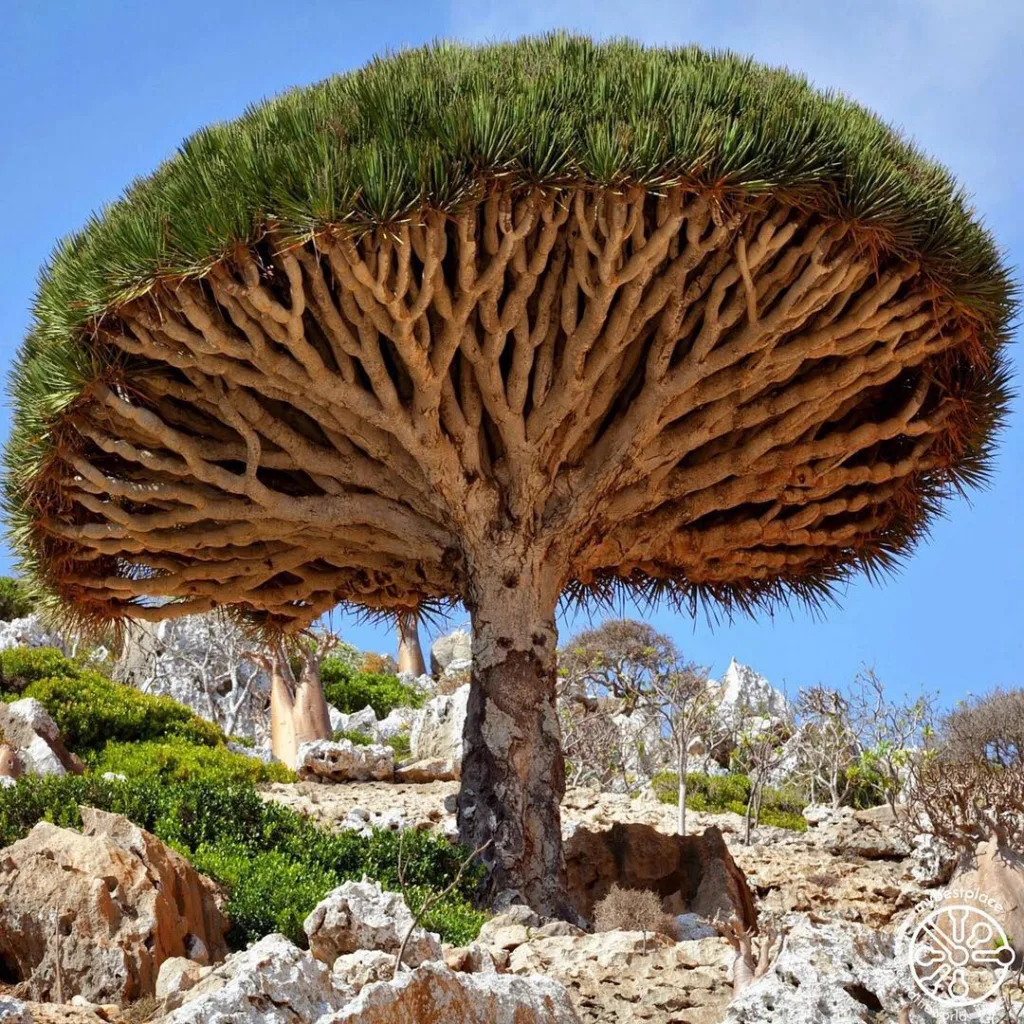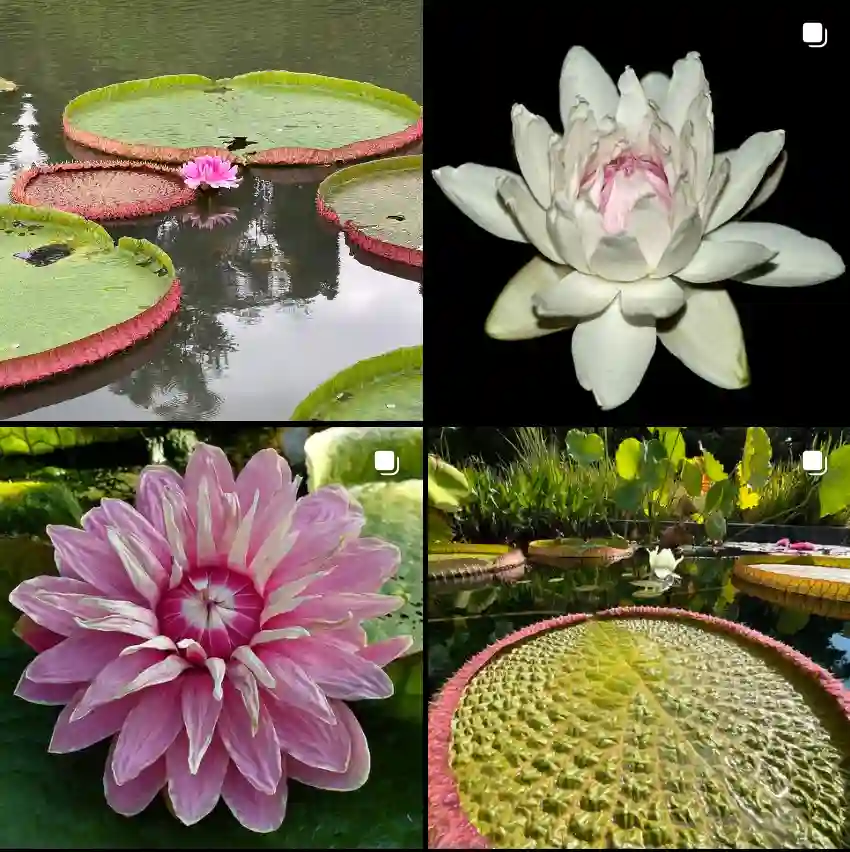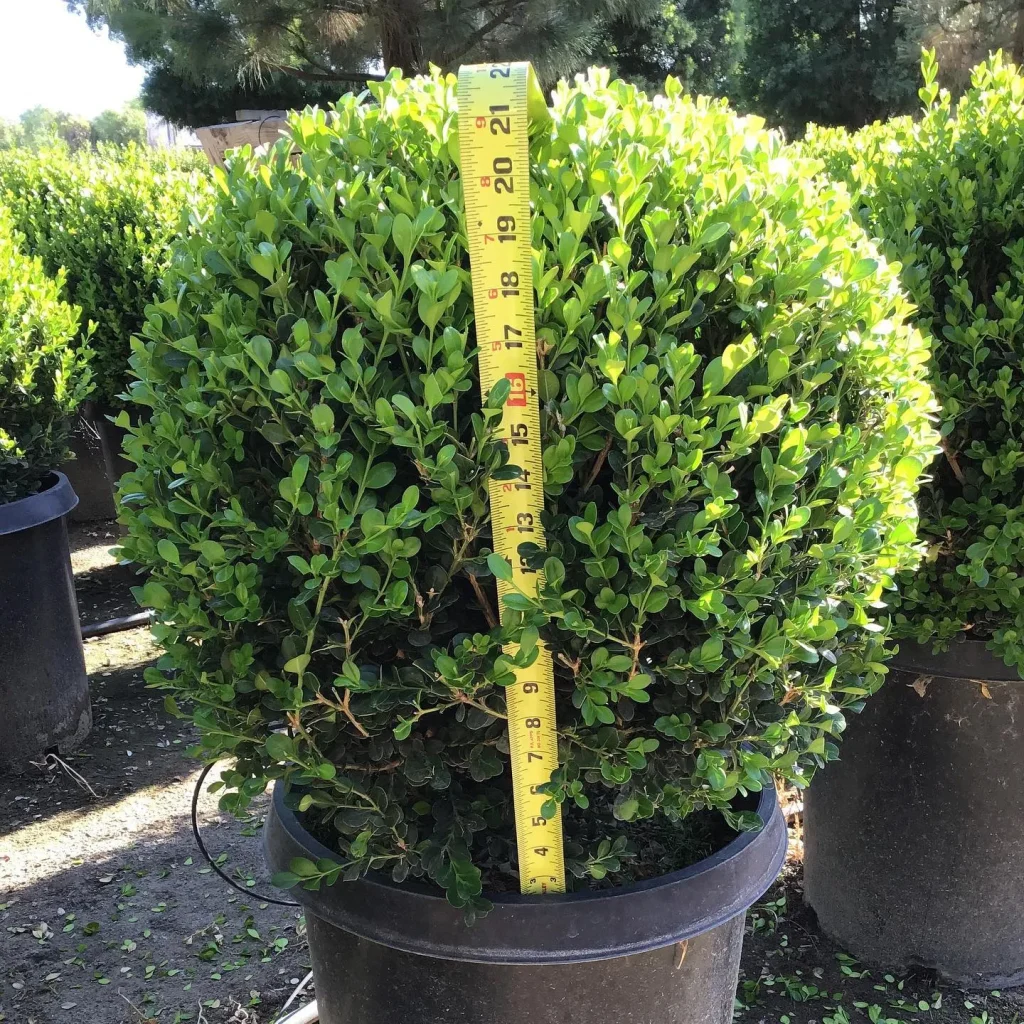
Agave Salmiana: The Towering Succulent with a Pulpy Past
For years, I’ve been captivated by succulents. Their architectural forms and resilience in the face of neglect have always appealed to me. But among the echeverias and haworthias, one succulent truly stood out – the Agave Salmiana.
This majestic plant isn’t your typical pot filler. Nicknamed the “green maguey” or “maguey pulquero,” it boasts a history as rich as its presence is imposing. As I delved deeper, I discovered a world of agave nectar, legendary liquors, and a plant that thrives on neglect – perfect for a busy plant enthusiast like myself.
304 Species in Genus Agave
What is Agave Salmiana?
The Agave Salmiana is a succulent native to central and southern Mexico. Imagine a rosette of thick, gracefully curving leaves, a dark greenish-gray with a hint of spine – that’s the Salmiana. Unlike its smaller agave cousins, this one reaches for the sky. Mature plants can easily reach six feet tall, with a rosette spanning an impressive twelve feet.
This architectural marvel isn’t just about size, though. The leaves boast a unique characteristic – the imprint of past leaf buds remains visible on their surface, adding a touch of history to their form.
Agave Salmiana: Agave Nectar’s Unsung Hero?
While the blue agave (Agave tequilana) gets all the glory for producing tequila, the Salmiana has its own claim to fame – pulque. Pulque, a fermented beverage made from the sap of the Salmiana, has been a staple in central Mexico for centuries. The Aztecs used it for religious ceremonies and as a source of nutrition.
The process of extracting pulque is fascinating. The heart, or piña, of the mature Salmiana is tapped, and the sweet, starchy sap is collected. This sap is then fermented, resulting in a slightly alcoholic beverage with a milky appearance. While pulque’s popularity has waned in recent years, it remains a cultural icon in Mexico.
Beyond Pulque: The Allure of Agave Salmiana in Modern Landscapes
The agave’s beauty extends far beyond its historical significance. Landscape designers love the Salmiana for its dramatic presence. Its architectural form adds a touch of the desert to any garden, while its low maintenance requirements make it ideal for busy homeowners.
Imagine this – a focal point in your garden, a towering Salmiana basking in the sun, its spiky leaves catching the light. It’s a conversation starter, a low-water wonder that provides year-round interest.
How to Care for Agave Salmiana?
Here’s the best part – the Salmiana is a succulent enthusiast’s dream. This agave thrives on neglect. It prefers well-draining soil and plenty of sunlight. Once established, infrequent watering is all it needs. In fact, overwatering is the enemy of this desert dweller.
For those of us who forget to water our plants (myself included), the Salmiana is a godsend. With a little TLC in the form of occasional watering and well-draining soil, you can enjoy this architectural wonder for years to come.
How to Propagate Agave Salmiana?
While the Salmiana’s crowning glory – the towering flower stalk – takes years to appear, the good news is that propagation is relatively simple. This agave reproduces through offsets, or pups, that sprout at the base of the mother plant.
Once the pups reach a manageable size, you can carefully remove them with a sharp knife and pot them in a well-draining cactus mix. With proper care, these pups will mature into magnificent specimens, carrying on the legacy of the towering Salmiana.
What to Plant with Agave Salmiana?
The Salmiana’s architectural form makes it a great candidate for container gardening or as a focal point in a desert-themed landscape. But don’t be afraid to get creative! Here are some ideas for planting companions:
- Low-growing succulents: Echeverias, sedums, and aloes complement the Salmiana’s stature with pops of color and texture.
- Ornamental grasses: The movement of grasses like feather reed grass or blue grama adds a touch of softness to the Salmiana’s bold form.
- Flowering perennials: For a burst of color, consider planting drought-tolerant perennials like yarrow, gaillardia, or Russian sage alongside the Salmiana.
Agave Salmiana: More Than Just a Pretty Face
The Agave Salmiana is a captivating succulent with a rich history. It’s a living testament to human ingenuity, from its role in ancient rituals to its potential as a sustainable source of fiber.
The fibers extracted from the Salmiana leaves have traditionally been used in Mexico to make ropes, mats, and even clothing. However, recent research suggests that these agave fibers could have a role to play in a more sustainable future.
The fibers are incredibly strong and durable, making them a potential alternative to synthetic materials in various applications. From car parts to clothing, agave fibers offer a more eco-friendly option. As the world grapples with plastic pollution and the environmental impact of synthetic materials, the Salmiana’s potential as a sustainable resource is a topic worth exploring.
Beyond Mexico: The Global Reach of Agave Salmiana
While native to Mexico, the Salmiana has found a home in many parts of the world [Mediterranean climate]. Its tolerance for drought and heat makes it well-suited to warm climates with dry summers. From California to South Africa, the Salmiana adds a touch of the exotic to landscapes around the globe.
A Final Word: The Agave Salmiana – A Plant for Every Occasion
The Agave Salmiana is more than just a succulent; it’s a conversation starter, a historical relic, and a symbol of resilience. Whether you’re a seasoned gardener or just starting your plant journey, the Salmiana offers something for everyone.
Its low-maintenance nature makes it ideal for beginners, while its architectural beauty and historical significance appeal to seasoned plant enthusiasts. So, if you’re looking for a statement piece for your garden, a plant that embodies history and sustainability, look no further than the Agave Salmiana. This towering succulent is sure to turn heads and leave a lasting impression.
If i die, water my plants!



